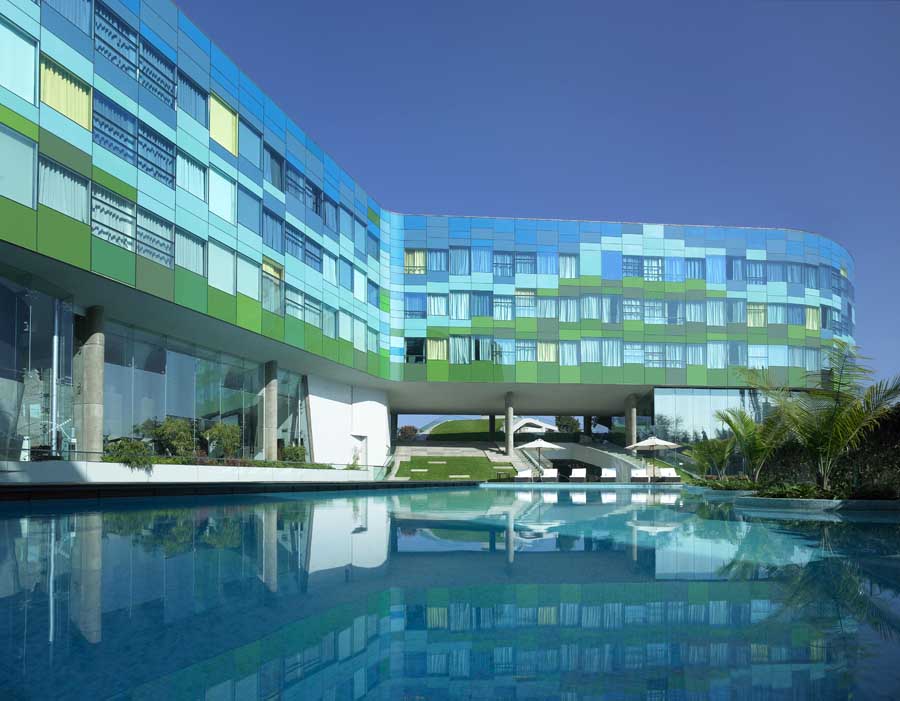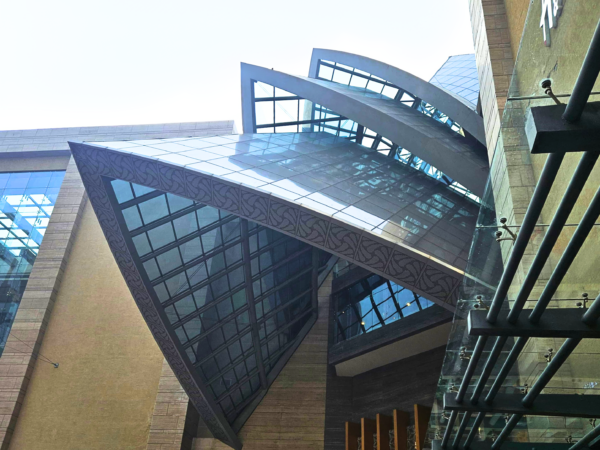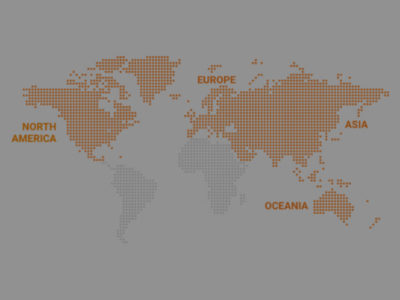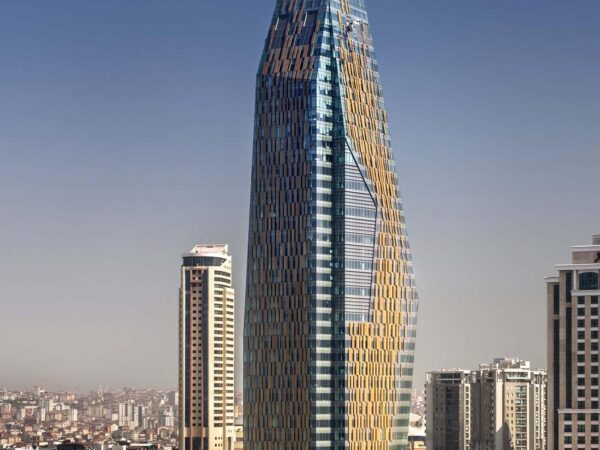
The Indian subcontinent presents a wide spectrum of climatic zones — from the hot-humid coasts to the dry deserts, and from tropical regions to cooler hill stations. Designing building enclosures that can withstand these diverse climatic conditions while ensuring energy efficiency, comfort, and aesthetics has become both a challenge and an opportunity. Innovations in façade engineering are bridging the gap between sustainability and performance, especially when guided by expert facade consultants in Mumbai.
1. Climate-Responsive Façade Design
A one-size-fits-all approach no longer works. The latest trend in enclosure design is the adoption of climate-responsive façades. These include systems that adapt to external conditions — like operable louvers, double-skin façades, and ventilated façades. In hot climates, external shading elements reduce solar gain, while in colder regions, envelope insulation and airtightness are prioritized.
Indian metro cities like Mumbai, Delhi, and Bengaluru are rapidly adopting such strategies for commercial towers and institutional buildings. Avante Facades, a renowned façade consultant in Mumbai, has pioneered the integration of these systems in both new constructions and retrofit projects.
2. Use of High-Performance Materials
Modern building envelopes are increasingly being built with low-E glass, composite panels, ceramic ventilated cladding, and GFRC (Glass Fiber Reinforced Concrete) — all of which enhance insulation while offering design flexibility.
Materials are being selected not only for their thermal performance but also for resilience against heavy rains, UV radiation, and saline winds — common in coastal cities like Mumbai. These innovations help reduce dependency on artificial cooling, significantly lowering energy bills and carbon footprint.
3. Smart Façade Systems
Smart façades incorporate sensors and actuators to respond in real time to weather changes. They can adjust ventilation, shading, and even surface reflectivity based on heat and light levels. Paired with building automation systems, these enclosures can optimize internal temperature and daylight without human intervention.
Such intelligent design is gaining traction in luxury apartments, tech parks, and institutional campuses across India. With guidance from experienced consultants like Avante Facades, developers are incorporating these elements early in the design phase for better lifecycle performance.
4. Passive Design Integration
Passive design remains a cornerstone of sustainable construction. Proper orientation, window-to-wall ratio optimization, and thermal mass balancing are being revisited in new builds to minimize energy usage.
For example, south-facing walls in northern India now feature advanced shading devices, while west-facing glass façades in cities like Pune or Nagpur integrate high-performance glazing and vertical fins to cut heat gain.
5. Retrofitting Existing Buildings
India’s older building stock often lacks energy-efficient features. Retrofitting with modern envelope systems — such as overcladding, new fenestration, or rainscreen systems — has proven effective in improving thermal comfort and reducing operational costs.
Companies like Avante Facades are leading this charge, offering complete solutions from inspection and design to execution. Their focus on safety, compliance, and innovation ensures older buildings meet today’s performance standards.
Conclusion
With rising urbanization and climate concerns, building envelope innovation is no longer a luxury — it’s a necessity. By combining modern materials, smart technology, and passive design, India can create structures that are resilient, resource-efficient, and ready for the future. If you’re seeking expert guidance for your next project, consult a top-rated facade consultant in Mumbai like Avante Facades to make every layer count.


